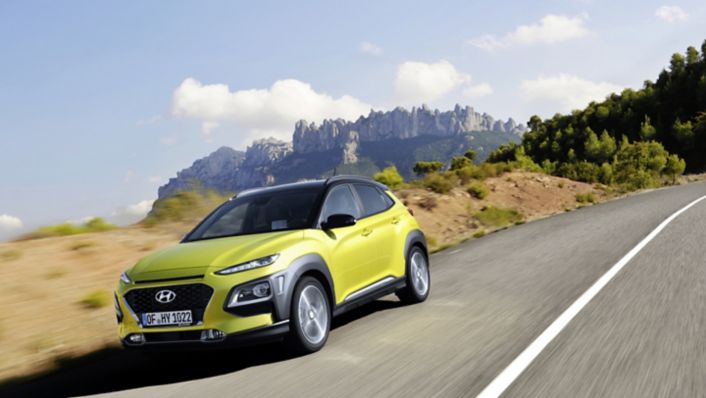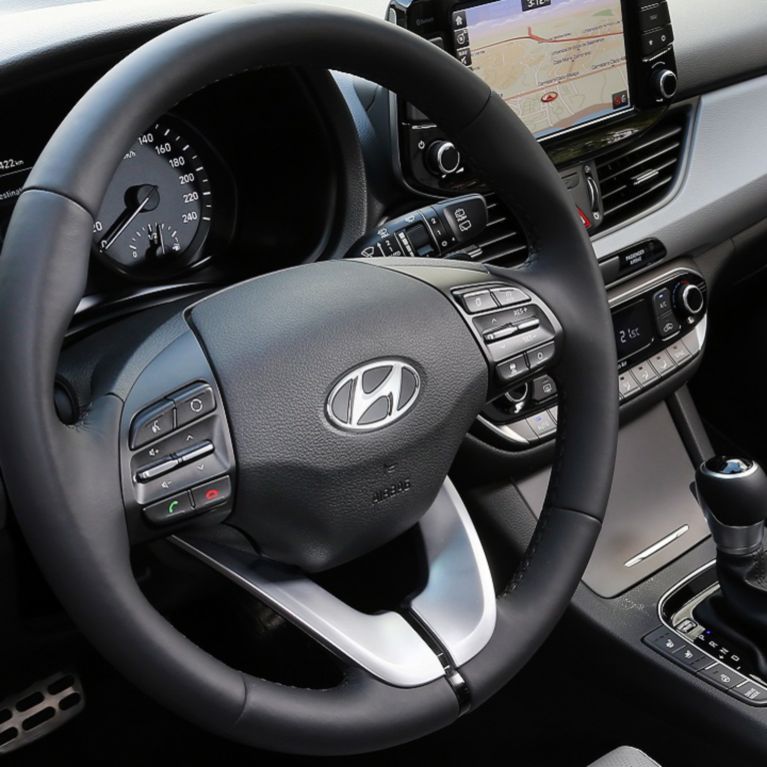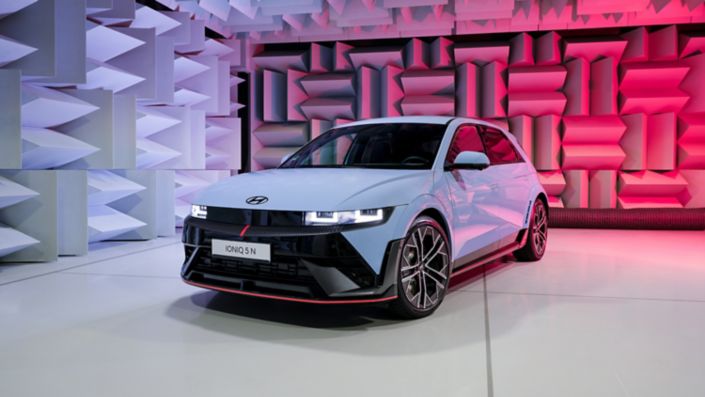To many drivers, the choice between manual and automatic transmission comes down to geographical location or personal preference. Modern dual-clutch offers the best of both worlds. How does it work?
To answer the question, we need a quick history lesson. Most drivers are aware of two transmission types employed when changing gears on the road; manual and automatic.
Those who learned to drive with manual transmission will no doubt remember lessons trying to master the clutch pedal and gear stick. Manual involves the driver pressing on the clutch and manipulating the stick through a set of gears. When not done smoothly, the car can jolt around meaning a not-always comfortable journey for the occupants.
Automatic transmission, commonly associated with American car owners, does all the work for the driver using clutches, a torque converter and gears.
Dual-clutch transmission (DCT) lies in between. Also known as semi-automatic transmission, this type of technology has been commonplace in motor racing circles but has become an ever-emerging feature in large-scale production models.
This type of transmission is widely regarded as being invented by the French military engineer Adolphe Kégresse prior to World War II but owing to issues with his business he never developed a working model.
The problem with manual gearboxes of the time were that they were difficult to operate requiring strength and timing which inspired Kégresse to develop a smooth self-shifting transmission.
However, it wasn’t until the 1980s that DCT remerged in the world of race cars where the issue of timing meant every second counted in competition. It was then only in the early 2000s that it debuted in a commercial vehicle highlighting that DCT is a relatively new and fast-developing technology in the automotive industry.
While the advantages of automatic transmission over manual seem obvious – taking the workload from the driver - why are dual clutches seen as an increasingly popular alternative when automatic systems are less expensive and less complex?
The reason is that DCT offers faster gear shift times and greater fuel economy improving efficiency compared to the other transmission types.
Those who learned to drive with manual transmission will no doubt remember lessons trying to master the clutch pedal and gear stick. Manual involves the driver pressing on the clutch and manipulating the stick through a set of gears. When not done smoothly, the car can jolt around meaning a not-always comfortable journey for the occupants.
Automatic transmission, commonly associated with American car owners, does all the work for the driver using clutches, a torque converter and gears.
Dual-clutch transmission (DCT) lies in between. Also known as semi-automatic transmission, this type of technology has been commonplace in motor racing circles but has become an ever-emerging feature in large-scale production models.
The evolution of dual-clutch transmission
This type of transmission is widely regarded as being invented by the French military engineer Adolphe Kégresse prior to World War II but owing to issues with his business he never developed a working model.
The problem with manual gearboxes of the time were that they were difficult to operate requiring strength and timing which inspired Kégresse to develop a smooth self-shifting transmission.
However, it wasn’t until the 1980s that DCT remerged in the world of race cars where the issue of timing meant every second counted in competition. It was then only in the early 2000s that it debuted in a commercial vehicle highlighting that DCT is a relatively new and fast-developing technology in the automotive industry.
How does DCT work?
While the advantages of automatic transmission over manual seem obvious – taking the workload from the driver - why are dual clutches seen as an increasingly popular alternative when automatic systems are less expensive and less complex?
The reason is that DCT offers faster gear shift times and greater fuel economy improving efficiency compared to the other transmission types.
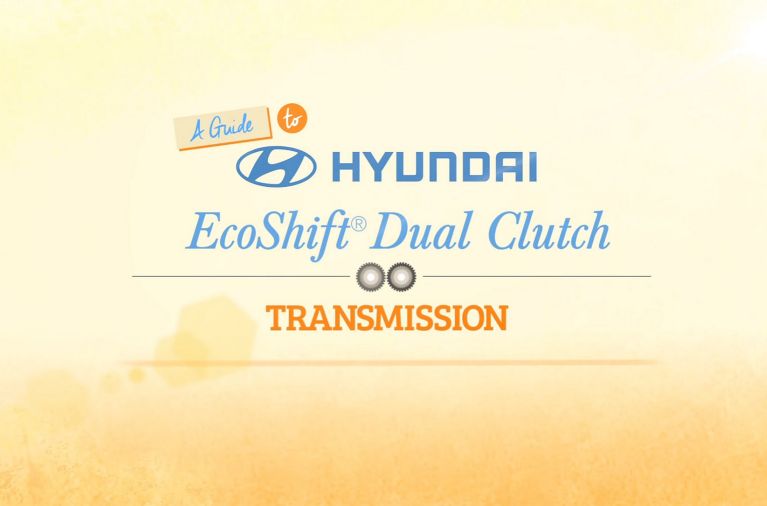
A dual-clutch gearbox uses two clutches controlled by a sophisticated network of electronics and hydraulics so that there is no need for the driver to use a clutch pedal.
Unlike in automatic transmission, in a DCT the clutches operate independently. One clutch controls the odd numbered gears and the other controls the even gears. This set up allows the car to shift gears without interrupting the power flow from the engine to the transmission, as occurs in manual for example when alternating between the accelerator and clutch pedals.
Hyundai Motor has developed an in-house 7-speed dual-clutch transmission (7DCT) in use in some of its latest models, including the New Generation i30.
A 7-speed DCT makes sporty driving performance available to the everyday driver allowing for gear changes within a few hundredths of a second. In addition, the design, connectivity features and advanced safety systems available in Hyundai car models appeal to the lifestyles of the modern car owner.
Unlike in automatic transmission, in a DCT the clutches operate independently. One clutch controls the odd numbered gears and the other controls the even gears. This set up allows the car to shift gears without interrupting the power flow from the engine to the transmission, as occurs in manual for example when alternating between the accelerator and clutch pedals.
Hyundai Motor has developed an in-house 7-speed dual-clutch transmission
Hyundai Motor has developed an in-house 7-speed dual-clutch transmission (7DCT) in use in some of its latest models, including the New Generation i30.
A 7-speed DCT makes sporty driving performance available to the everyday driver allowing for gear changes within a few hundredths of a second. In addition, the design, connectivity features and advanced safety systems available in Hyundai car models appeal to the lifestyles of the modern car owner.
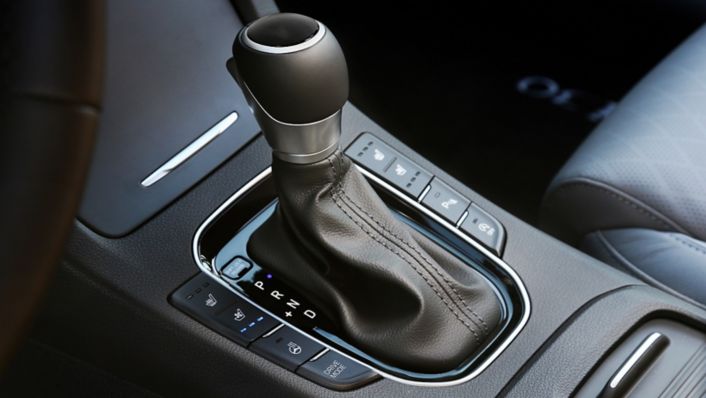
Hyundai Motor’s 7DCT system offers a choice between fully automatic operation and sequential manual gear changes, meaning the driver who prefers a more hands-on experience can opt for greater involvement through using the gear lever.
The fuel economy of this system over an automatic transmission is impressively emphasised. Hyundai’s 7DCT provides 20% higher fuel efficiency and lower CO2 emissions compared to a six-speed automatic transmission.
The fuel economy of this system over an automatic transmission is impressively emphasised. Hyundai’s 7DCT provides 20% higher fuel efficiency and lower CO2 emissions compared to a six-speed automatic transmission.
